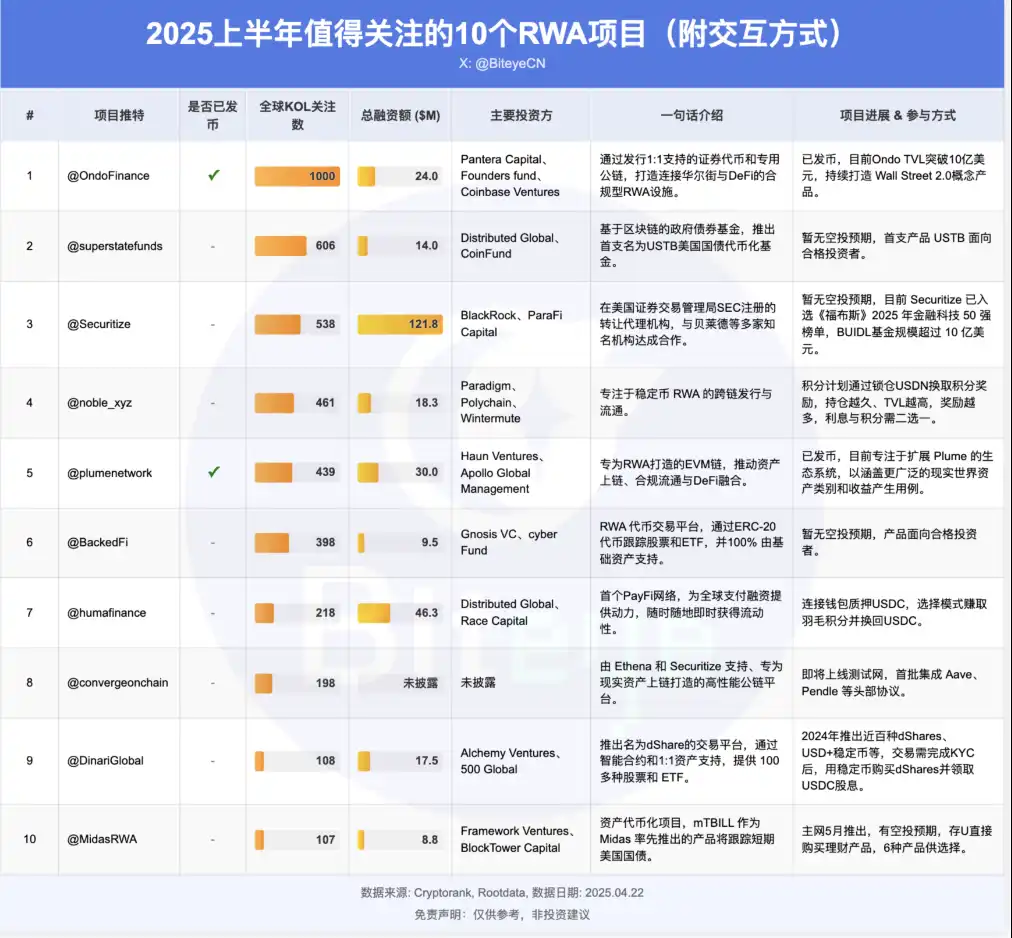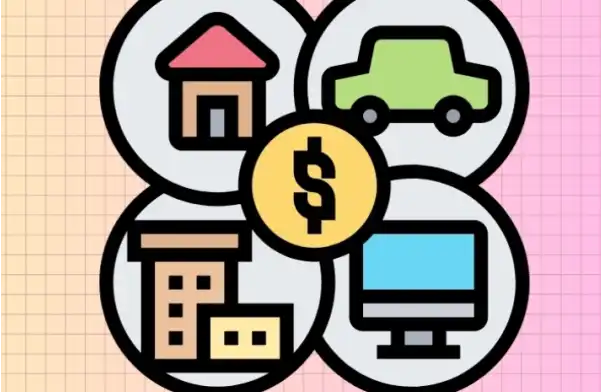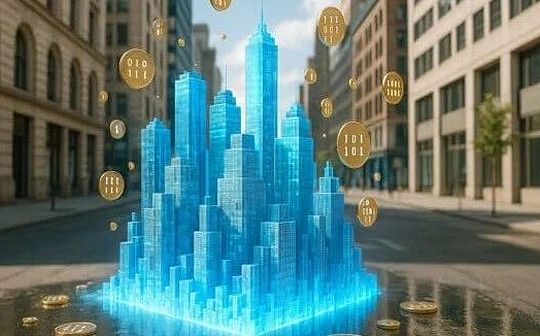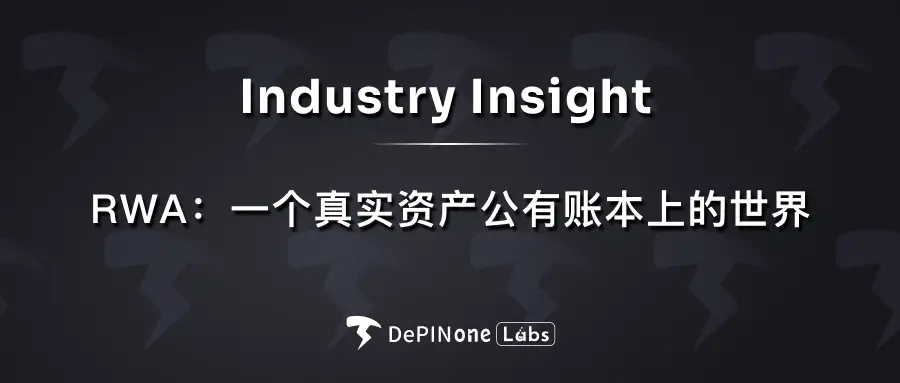Original title: "RWA Track Depth Layout Guide: 10 RWA Projects to Watch in 2025"
Original source: Biteye
Recently, RWA and Payfi have been mentioned by the market again. Are these two tracks another round of narrative hype for old wines in new bottles, or can they really connect TradFi and DeFi and open up a trillion-dollar market?
We have taken a look at 10 RWA projects that we can’t miss, trying to break down several core issues of the RWA track in depth.

1/11@plumenetwork
introduce:Plume is an EVM-compatible public chain designed by RWA, committed to promoting the digitalization, circulation and combinability of RWA. Through full-stack vertical integration technology, Plume supports the tokenization of assets such as real estate, commodities, and income rights, and realizes efficient collaboration with the DeFi protocol to improve the liquidity and availability of assets. Its ecosystem has attracted more than 180 projects to access, and the test network has obtained 3.75 million users and 265 million transactions.
Project progress & participation methods:Plume currently focuses on building the core infrastructure for RWA assets to be linked, including smart contracts, toolsets and DeFi integration, and the service objects are mainly encrypted users. In the future, Plume will gradually expand to diversified real asset scenarios (2025-2026), and plans to establish cooperation with traditional financial institutions to promote the integration of off-chain and on-chain assets, and create a compliant, composable, user-centered RWA financial infrastructure.
2/11@OndoFinance
introduce:Ondo is a financial infrastructure platform dedicated to introducing traditional financial assets (such as US stocks, bonds, and ETFs) into the on-chain. Its core product, Ondo Global Markets, provides 1:1 physically supported securities tokens. Ondo also launched the Layer1 blockchain Ondo Chain specially designed for institutional-level finance, implementing mechanisms such as RWA staking, native cross-chain communication, etc., creating an on-chain capital market environment that is both compliant, security and efficiency, and a new generation of financial ecosystem connecting Wall Street and DeFi.
Project progress & participation methods:Ondo Finance recently exceeded $1 billion in TVL, consolidating its leading position in the field of U.S. debt tokenization. At present, the global tokenized treasury bond market has exceeded US$5 billion, and Ondo accounts for the core share. JPMorgan report predicts that profitable stablecoins will account for 50% of the stablecoin market, further confirming the growth potential of the Ondo model.
3/11@Humafinance
introduce:Huma is a decentralized real-earnings platform deployed on Solana, providing users with stable returns driven by realistic payment financing activities through its PayFi network. Retail investors can participate in Huma 2.0. The platform supports Classic model (10.5% USDC annualized) and Maxi model (no annualized but high feather points), and issue tradable LP token $PST, which is compatible with DeFi protocols such as Jupiter.
Project progress & participation methods:Visit the official website and connect to OKX Wallet (Solana Network) and get $USDC ready. Optional Classic (10.5% annualized) or Maxi mode (more feather points), select the amount of the pledge and lock time and click Deposit. After pledging, you can obtain PST or mPST tokens, and both can be exchanged for USDC through Jupiter. mPST must be converted to PST first. It is recommended to pay attention to feather points, which may be a key indicator of airdrops. Link: https://app.huma.finance/?ref=KK3bhC
4/11@noble_xyz
introduce:Noble is a native asset issuance chain built on the Cosmos SDK, focusing on the cross-chain issuance and circulation of stablecoins and RWA, and has supported native USDC. Noble's earnings dollar stablecoin, which can be held to earn an annualized return of 4.2%, is backed by a 103% mortgage ratio of US Treasury to further unlock the potential of stablecoin. Noble plans to launch Noble AppLayer - a high-performance EVM Rollup with Celestia as the underlying layer. It is designed for stablecoin native applications. It has 100ms block time and high throughput capabilities, supports the combinable liquidity of USDN stablecoins, and empowers payment, exchange, lending and other scenarios.
Project progress & participation methods:Noble launches a four-month USDN Points Incentive campaign (73 days are currently over), where users accumulate points after depositing USDN into a specified point pool. First, USDC is cross-chain from the EVM wallet (the official website can be crossed) to the Noble chain of the Cosmos ecosystem and exchange it for USDN (interest-generating stablecoin supported by short-term US bonds). Secondly, choose a deposit pool. One pool only receives USDN interest, APY 13.7%, and does not participate in the points airdrop; the other pool gives up interest and focuses on earning Noble points (it requires at least 1 month of pledge before you can get points, and there is no reward for early exit). Select the pool according to your needs and you can participate in Noble's points airdrop plan.
5/11 @ diapsy
introduce:At the heart of Midas is to identify, screen and introduce high-quality assets with attractive returns in the real world, especially relatively low-risk, stable returns such as T-Bills, which represent ownership or earnings rights of these off-chain assets on the blockchain as tradable tokens (such as its mTBILL tokens represent investments in the underlying U.S. Treasury bonds). Through the Midas platform, users can easily invest in these real-world assets on the chain, obtain stable returns from traditional financial markets, and seamlessly integrate and use these assets in the DeFi ecosystem.
Project progress & participation methods:Enter the Invest page to select 6 financial products, mEDGE, mMEV, mRe7, mBASIS, mTBILL, mBTC. After selecting, enter the USDT you want to deposit, and you can automatically redeem the corresponding products. After confirming the wallet, you can complete the investment.
6/11@convergeonchain
introduce:Converge is a high-performance RWA public chain platform supported by Ethena and Security, aiming to promote institutional funds to link chains and achieve the integration of real assets and DeFi. Its technical architecture is based on Arbitrum Orbit and Celestia, and uses USDe and USDtb as native Gas assets. Converge supports Rust’s cross-language contract combination with Solidity and provides security for institutional funding through an ENA-driven Verifier Network (CVN).
Project progress & participation methods:Converge will be launched on the developer test network soon and will reach cooperation with leading agreements such as Aave, Pendle, and Morpho to launch and deploy applications based on Ethena and Securitize assets. The platform introduces technologies such as Stylus VM, Mini-block Streaming to achieve ultra-high performance, and strengthens asset security through ENA staking-driven validator network. The core sub-project Ethereal DEX will support CEX-level matching rate, and is expected to process millions of orders per second, becoming an on-chain high-frequency trading infrastructure. The main network is expected to be launched in the next few months.
7/11@superstatefunds
introduce:Superstate is an Ethereum-based government bond fund that aims to issue U.S. short-term Treasury products in compliance with tokenization. Its first product, USTB, is for qualified investors. The fund will invest in short-term US Treasury bonds and charge a 15 basis point management fee, support self-custody and a variety of security solutions (such as multi-signature, MPC, EOA), and provide custody and asset management services by Anchorage Digital and BitGo. In combination with existing US securities regulations, Superstate is committed to improving the composability and liquidity of Treasury bond assets on the chain, and is an important infrastructure for connecting traditional financial assets to the DeFi ecosystem.
Project progress & participation methods:There are no airdrop expectations for the moment, and the first product, USTB, is aimed at qualified investors. The underlying assets of USTB are short-term U.S. T-Bills, which are a type of fixed income assets with high liquidity and highest credit rating. Superstate packages these assets into fund shares and issues them on-chain in tokens. The goal of USTB is to provide users with a low-risk, stable-return on-chain asset selection. USTB is not open to all users. Its issuance structure follows the framework of the US Securities Law and is only open to qualified investors. This means that the threshold for participation is high.
8/11@Securitize
introduce:Securities is a digital securities platform focusing on RWA tokenization, committed to introducing traditional high-threshold assets such as real estate, artworks, and bonds into blockchain in a compliant manner to realize fragmented holdings and secondary circulation. The platform has obtained the SEC registration transfer agent qualification, and cooperates with BlackRock, Coinbase and other institutions to provide ordinary investors with compliant, transparent and liquid alternative investment channels. Security does not issue platform coins, but supports issuing project tokens on its platform, which is one of the key infrastructures to promote the on-chainization of institutional-level assets.
Project progress & participation methods:Since its establishment in 2017, it has been registered by SEC and issued the world's first batch of credit rating and index tokenized securities, and has cooperated with institutions such as BlackRock and Apollo. BlackRock launched the BUIDL Fund in March 2024. In 2025, the BUIDL Fund size exceeded US$1 billion and obtained a CNMV Investment Company license, continuing to expand into the European and American markets. There is no airdrop expectation at the moment. After passing KYC, you can invest on the platform, but the review and investment standards are stricter than those of general currency circle projects.
9/11@BackedFi
introduce:Backed Finance is a project that tokenize RWAs, such as U.S. stocks, ETFs, Treasury bonds, etc. in a compliant way and introduces blockchain. Each token issued by the platform (such as bTSLA, bGOOGL, bCSPX) is supported by 1:1 physical assets of equal value and is kept by a licensed custodian, supporting on-chain transactions, self-custodial and asset redemption by non-US qualified investors. Backed has currently launched a variety of targets, including Microsoft, Google, Tesla, US bond ETFs, etc. The tokens are compatible with the full-chain ERC-20 standard and can be used in DeFi mortgage, lending, portfolio investment and other scenarios. The project is operated based on the Swiss regulatory framework and has been selected by Arbitrum DAO as one of the targets for government bond allocation.
Project progress & participation methods:There are no airdrop expectations for the time being, and the product is aimed at qualified investors. Private individuals must be able to declare holdings of at least CHF 500,000 assets and have sufficient expertise or experience; or hold financingable assets of at least CHF 2,000,000. Backed professional customers who have passed KYC can directly exchange Backed tokens for NAV + fees.
10/11@DinariGlobal
introduce:Dinari is a compliant infrastructure platform focusing on tokenizing traditional securities assets (such as stocks, bonds, ETFs). Through its core product dShare, assets such as U.S. stocks are issued on the chain in the form of 1:1-backed ERC-20 tokens. After completing KYC, users can directly purchase dShares with stablecoins to realize on-chain trading, self-custody and dividend dividends. Dinari has the qualification of a SEC registration transfer agent and works with a regulated custodian to ensure asset safety and compliance.
Project progress & participation methods:Dinari launched nearly 100 dShares, USD+ stablecoins, cross-chain support and API cooperation solutions in 2024, and continued to promote the on-chain RWA assets. First, complete the KYC verification and provide a proof of residence to meet regulatory requirements. Use stablecoins such as USDC and USDT to trade, purchase the corresponding securities assets in the corresponding securities market, and you can see the corresponding dShares in the wallet. If dividends are issued to the corresponding securities assets, Dinari will convert the dividends to USDC and issue them to the user's wallet.
11/11
In short, for ordinary crypto users, the ways to participate in the current RWA project are mainly divided into several categories: you can directly purchase the leading $ONDO and $PLUME token betting tracks; you can deposit coins in Huma, Midas, Noble to earn interest and get airdrop opportunities; and get airdrops through interactive Converge. However, Superstate, Security, Backed, Dinari and other projects are extremely difficult to participate due to strict KYC or high thresholds.
In addition, there are still challenges at the RWA track at this stage, such as:
1. RWA’s “Impossible Triangle”: Compliance, Decentralization and User Experience
Through project research, we found that almost all RWA projects that are running out now cannot avoid KYC/AML, and even have strict geographical and qualification restrictions on investors (qualified investors). This itself screens out a large number of DeFi native users. The so-called "no permission required" often requires a question mark in RWA. If RWA wants to truly explode, it must find a clever balance point in this "impossible triangle". Currently, most projects have chosen to be inclined toward compliance and TradFi logic, which limits their native integration potential in the DeFi world.
2. How to break through the dependence of US bonds and US stocks?
At present, the most successful RWA application is tokenization of US bonds and US stocks, but this is more like "stablecoin 2.0" or "on-chainization of US dollar interest-generating tools." The US Treasury RWA is a success beginning. The real blue ocean lies in liberating those assets with poor liquidity, non-standard and difficult to reach real-life assets through blockchain technology and giving them DeFi composability. This is the most exciting narrative in RWA, but it is also the hardest to achieve.
3. How to achieve in-depth composability of RWA assets?
Tokenizing assets is only the first step, and it will be much more difficult to achieve composability. Similar RWAs issued by different platforms (for example, they are all tokenized US bonds) have different standards and are likely to be incompatible with each other. So is it possible to achieve the ability of RWA assets to flow, combine, create new ways of playing between DeFi protocols like $ETH and $USDC, use tokenized real estate mortgage loans, and then invest in liquidity mining of other protocols, etc.
















No comments yet